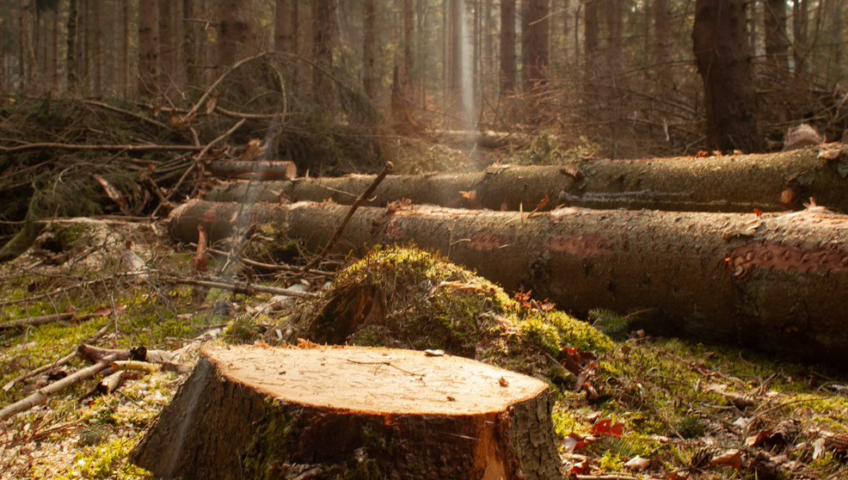All Categories
Featured
The elimination of trees can develop open rooms that are prone to weed invasion. When trees are existing, their dense covers frequently shade the ground, limiting the amount of sunlight that reaches the dirt. After the removal of trees, these open locations get raised sunlight, supplying optimal conditions for weed growth.

They may advise the usage of compost, which acts as a protective barrier on the dirt surface, stopping weed seeds from germinating and subduing weed growth.

The existence of trees promotes a rich and varied neighborhood of soil microorganisms. Tree roots provide a source of raw material, exudates, and nutrients that sustain the growth and task of valuable dirt microbes. Nevertheless, when trees are eliminated, the absence of their origins can interfere with the fragile equilibrium of the dirt's microbial ecosystem.
The Best Tree Cutting Wollongong?
This change in pH can influence nutrition accessibility, microbial task, and general dirt health and wellness. To deal with the impacts of tree reducing on soil pH, tree removal professionals can offer important recommendations. They may recommend dirt screening to analyze the current pH degrees and figure out the required modifications. Based on the results, specialists can suggest pH modification approaches, such as including lime to increase soil pH or incorporating elemental sulfur to decrease it.

It refers to the compression of dirt particles, causing lowered pore space and raised dirt density. This compaction can negatively impact the soil's capacity to function ideally, influencing its water-holding ability, vitamins and mineral accessibility, and root penetration. Proper techniques utilized by tree removal experts can assist minimize compaction and protect the dirt's ability to retain water, and permit for ample air movement and careful tools handling.
Latest Posts
What Is The Best Tree Arborist Wollongong Service In My Area?
What Are The Best Wollongong City Council Tree Removal Companies?
The Best Tree Removal Wollongong Area?